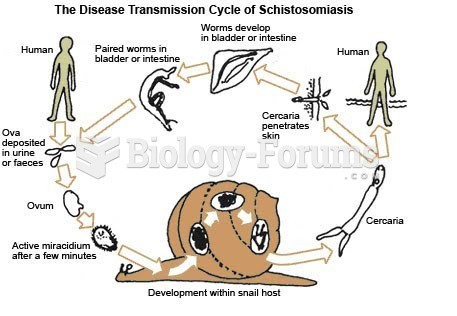Answer to Question 1
ANS: A
Three types of beliefs are recognized: zero-order beliefs, most of which are unconscious, such as object permanence; first-order beliefs, which are conscious, typically based on direct experiences; and higher-order beliefs, which are generalizations or ideas that are derived from first-order beliefs and reasoning. A prejudice is a preformed opinion, usually an unfavorable one, about an entire group of people that is based on insufficient knowledge, irrational feelings, or inaccurate stereotypes.
Answer to Question 2
ANS: B
A vital aspect of providing effective and appropriate nursing care is being able to actively listen to a patient in a way that conveys understanding, sensitivity, and compassion. Caring involves interpersonal relationships and communication skills that require paying more attention to the details of communication than would be necessary in a social conversation. This type of listening is a highly developed skill that usually takes a great deal of time and many years of experience to acquire. It can be learned with practice and enhanced with sensitivity and attention to the feedback that is received during each interaction. In a caring nurse-patient relationship, the nurse takes responsibility for establishing trust, making sure that the lines of communication are open and that the nurse accurately understands not only what the patient is saying, but also that the nurse is clearly understood. Active listening means paying careful attention and using all of the senses to listen rather than just passively listening with the ears. It requires energy and concentration and involves hearing the entire messagewhat the patient means as well as what the patient says. This type of listening focuses solely on the patient and conveys respect and interest.







